The Day That Rattled The World Series: The 1989 Sans-Francisco Earthquake
On Oct. 17, 1989 — 35 years ago today — a 6.9 magnitude earthquake struck the Bay Area.
Unlike previous California earthquakes, this one was broadcast live into living rooms across the nation.
A Series Interrupted
Al Michaels and Tim McCarver of ABC Sports were setting the scene for an estimated 60 million television viewers who had tuned in for coverage of Game 3 of the World Series between the San Francisco Giants and the Oakland A’s.
The broadcast began at 5 p.m.. Four minutes later, however, a segment of the San Andreas Fault 11 miles beneath Loma Prieta peak in the Santa Cruz mountains, 60 miles south of San Francisco, ruptured. Geologists later said the fault there slipped as much as seven feet.
The resulting 6.9-magnitude earthquake shook for only 15 seconds, but it was enough to knock ABC’s video feed off the air for several minutes. When power was restored, Michaels described the aftermath of the earthquake.

ESPN
Remarkably, the more than 62,000 fans who were packed into Candlestick Park remained calm. Players waded into the stands to offer comfort to their families and to spectators shaken by the earthquake. High overhead, the Goodyear Blimp broadcast images of the aftermath of the quake.
The game was postponed and the series was halted for what turned out to be 10 days.

A Region Devastated
Some of the most horrifying damage occurred along two key bridges. A 76-foot-by-50-foot portion of the upper deck of the Bay Bridge collapsed onto the lower deck. Several cars were smashed, but only one motorist was killed.

Across the bay in West Oakland, a 1.25-mile stretch of the Cypress Street Viaduct carrying Interstate 880 pancaked, instantly crushing 41 people.
“It just slid. It didn’t fall. It just slid,” an auto mechanic who worked nearby and who saw the collapse told Time magazine. “You couldn't see nothing but dust.”
“Then people came out of the dust.” he said. “But not many.”

U.S. Geological Survey - credit for both photos
Five people rushing from a building on San Francisco’s Fifth and Townsend streets were crushed by a collapsing brick facade. Bystanders and first responders made heroic efforts to pull victims from the rubble. One man was rescued after spending 90 hours in his car beneath the concrete. He died a month later.

Particularly hard hit was San Francisco’s Marina District. Shock waves turned the mud and sand used to fill in the shallow water there into slush. This amplified the waves at the surface, toppling homes and businesses.

In total, 63 people were killed and 3,757 injured. More than 28,000 structures were damaged — a property loss of $6 billion to $10 billion. Damage to the region’s transportation was estimated at $1.8 billion.
Deadliest Earthquakes in U.S. History
